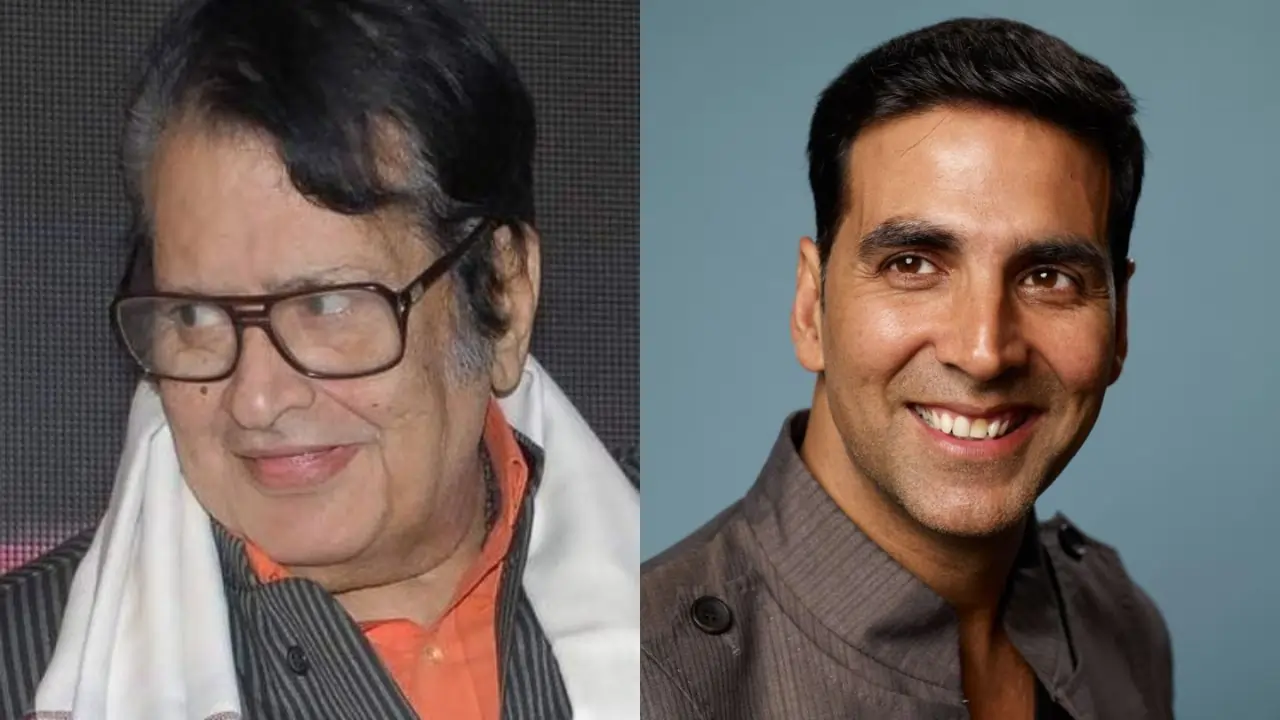
Promotional tool or cheating the audience? Insiders uncover murky world of 'fake' box office collections in India
4 months ago | 5 Views
The Monday after Suriya's ambitious film Kanguva was released in theatres, a report card of its box office performance was being prepared. The only trouble was, whom to believe. The film's producers - Studio Green - shared a massive graphic proclaiming the film was a blockbuster with a worldwide gross of ₹127 crore in three days. Trade pundits differed. Sacnilk, a trade tracking website, put the figure at a below-par ₹70 crore. Most others that HT contacted also said…in hushed voices…that the numbers could not have crossed ₹100 crore.
Suddenly, the term 'inflated box office figures' has begun doing the rounds, as it has after every major Indian film's release recently. Everyone from social media users to Divya Khossla has spoken about this phenomenon. But how much of it is true? And is it something recent, or has it always been there? In search of these answers, HT did a deep dive into the world of box office tracking, corporate mudslinging, and using collection figures for PR.
Yes, manipulation of box office collections is real
The inflation of box office collections is a real phenomenon, agrees every stakeholder we spoke to. However, they differ in the extent to which this takes place. People who have followed the film trade for decades say that this was always present in Hindi cinema, but has now acquired a whole new form. Atul Mohan, who has been tracking film trade since the 90s, says, “It used to happen then too. But the difference was that back then, people used to increase the numbers by 5-10%. Say, if some film closes at ₹98 crore, they would show ₹100 crore for posterity. Or if some actor's film is at ₹130 crore and his rival's latest release did ₹2-3 crore more, they would inflate the figures to show we have beaten them. But it wasn't a regular occurrence.”

However, insiders say it is a regular occurrence now. A publicist who did not wish to be named says, “After the pandemic, there is an increased pressure of perception among the film world. So many films failed that Bollywood was written off as dead. So now every producer wants to show success, whether it exists or not.”
Box office collections as a promotional tool
Social media is another reason for the explosion of discussion around box office collections in India. Over the last five years, film stars, studios, and filmmakers have been able to share the collections - sometimes daily - on Twitter, Instagram, and everywhere else. Actor Manoj Bajpayee says this has led to more conversations amongst the audience about earnings. “If you hit them with numbers daily, then they will talk only about that. Most people are on social media. Every second post is about the numbers of recent releases. Earlier they used to talk about 3 stars and 2 stars. Now they talk about earnings,” he argues.
What has changed in the cinema landscape over the last few years? Chennai-based film trade analyst Ramesh Bala feels it is because filmmakers use these figures as a tool to promote films. He says, “Reviews are short-lived. They give you a boost on the release day. After that, producers depend on these box office figures. The idea is that if someone sees a film has earned ₹100 crore or ₹200 crore in a few days, they would believe it is good and want to watch it too.” Many believe that this compels many producers to inflate figures, as they want to 'sell' their film better.
But not everyone agrees about how effective that is. Publicist Mandvi Sharma, who has handled campaigns of films from Chennai Express to Kalki 2898 AD, says, “Does a viewer go watch a film because it has earned ₹100 crore or ₹200 crore? Maybe, maybe not! What I know is that in our country, people listen to what their friends or neighbours have to say. On-ground word of mouth still drives a film in India. And conversations or news on collection is to maintain the hygiene and basic buzz on how the film is faring with the audiences.”
And what on earth is corporate booking?
After Shah Rukh Khan's Pathaan began scripting box office history and rewriting record books, detractors and naysayers claimed the numbers were inflated. Corporate booking became the term to use as many on Twitter (now X) claimed that the actor had used the tool to inflate the film's earnings. So what is corporate booking?
Trade analyst Sumit Kadel explains, “When an actor has a tie-up with any brand and if his film is coming up, he often foregoes his fees and asks the brand to buy tickets of his film for that amount for their employees. Most films have such tie-ins too where brands get placement in the film and buy tickets in return. And all this happens on a miniscule scale. A film that earns ₹500 crore, for instance, doesn't make more than ₹30-40 crore in corporate bookings. And at the end of the day, those are also tickets that were sold. The tax from their sales goes to the exchequer too. There's nothing illegal or unethical there. It's just a fad used by social media users for traction.”
So who should we believe?
Sumit Kadel says he once received a legal notice from the producers of a blockbuster for allegedly underreporting the film's box office figures. “I responded, saying if you sue me, I will sue you back and ask you to reveal your sources, too. I had my sources ready.” Eventually, the matter never went further. But this highlights the dichotomy many trade analysts face today when reporting box office figures. “Till the time the difference in producers' figures and trade figures is around ₹2-3 crore, we report the producers' figures,” says Kadel, adding, “In this country, producers are the final word because it is almost impossible to track single screens and smaller centres. But the moment the difference gets bigger, often in tens of crores, we either report trade figures or stop sharing collection figures for that film altogether.”
Ramesh Bala echoes this, saying, “We have to safeguard our own credibility and objectivity too. So even if we share the figures given by the producers, we mention ‘according to the producers’.”
However, the fine print can often get lost in the dazzle of large banners and graphics with giant numbers on them. For now, everyone agrees that this behemoth is here to stay. Courtesy of social media, box office collections of any big film are now water cooler discussions across the country. But insiders hope that this fad of obsession with collections will die a natural death soon when people have had enough. And maybe then, the inflation and manipulation will end too.
HOW DID YOU LIKE THIS ARTICLE? CHOOSE YOUR EMOTICON !
#



















